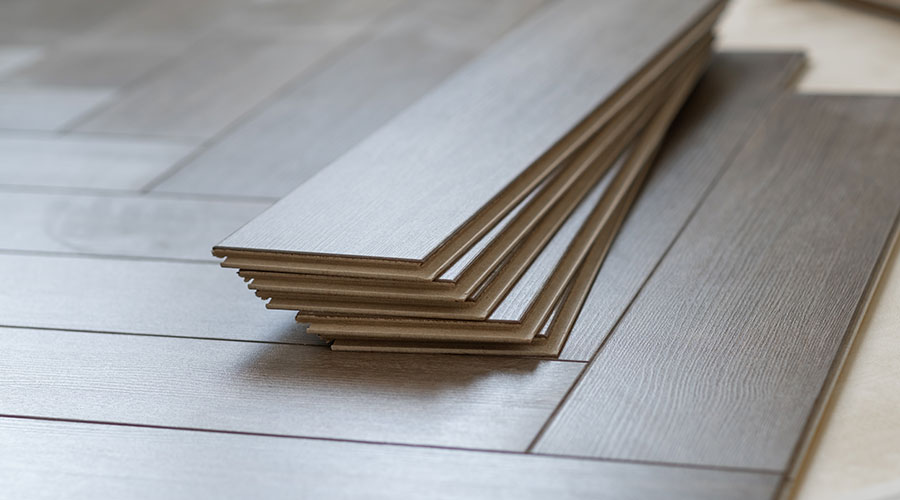Extensive or Intensive? Green Roofs Explained
There are two general types of green roofs: extensive and intensive. Intensive green roofs, commonly thought of as “garden roofs,” are the more complex of the two, exhibiting much greater plant diversity, and a greater need for design expertise, says Peck. Planting media for intensive green roofs are a foot deep at minimum, and have saturated weights ranging from 80 to 120 pounds per square foot, depending on type and depth of planting medium and the type of plants. Almost always used for new construction, intensive green roofs can be anything from a public garden to an entire park — as is the case with the world’s largest green roof, Millennium Park in Chicago, which is 24.5 acres of landscaping on top of two subterranean parking garages.
Extensive green roofs, with a saturated weight of 12 to 50 pounds per square foot, are the most common. With planting media of 1 to 5 inches thick, most extensive green roofs are not designed for public access or to be walked on any more than a typical membrane roof would. Several modular extensive green roof products have emerged in the last few years that allow plants to be grown at the factory prior to actually being installed on a roof.
“These products allow the opportunity to pre-grow the roof so that it can be laid out like a giant jigsaw puzzle when the roof is ready for installation,” says Peck. “You get an instant green roof.”
Dealing with Complexity
Whether the roof is intensive or extensive, facility executives should consider the details of green roof design and construction carefully. There are a few more layers of complexity with a green roof than with traditional construction. That complexity, as well as cost, and the misperception that green roofs are more leak-prone, are the main reasons facility executives wouldn’t seriously consider green roofs for commercial projects.
“There is no evidence to suggest that green roofs are more leak-prone,” says Richard Kadlubowski, vice president and senior architect at Hoffmann Architects, Inc. “In fact, green roofs should be better at preventing leaks because the membrane is more protected.”
Still, Kadlubowski cautions that a green roof is only as watertight as its design, which is why it’s even more critical on a green roof to find an expert and make sure the roof is designed properly from the outset.
“The rotten part of green roofs is that if you have a leak, you really have to hunt,” he says. “And the manufacturer usually leaves it up to the building owner to remove all the stuff before looking for the leak.”
But the rise in popularity has also meant a rise in expertise. Many more contractors, architects and engineers have experience with green roofs. Next June, Green Roofs for Healthy Cities plans to unveil an accreditation called Green Roof Professional (see “A New Credential” on this page), which will give facility executives a way to verify expertise in the design and construction of green roofs.
Facility executives with a strong understanding of the considerations that go into a green roof project put themselves in the best position to ensure success. The first step is finding out if a green roof is structurally possible.
“Any time you change the use from the original design intent, it’s important to investigate,” says Kadlubowski. “If your roof was designed for the minimum load requirements, it may not support a green roof.”
Related Topics:















